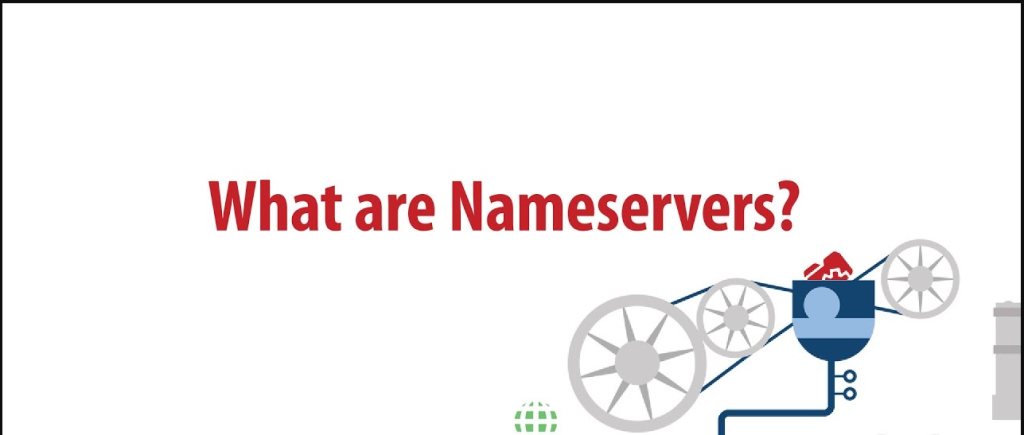If you’ve ever set up an SSL certificate for your domain, you know the process involves more than just clicking a button. A critical, often overlooked step is ensuring your domain’s nameserver configuration is correctly set up. Here’s why nameservers play a vital role in SSL certificate installation and how misconfigurations can derail the process.
Table of Contents
What Are Nameservers?

Nameservers are part of the Domain Name System (DNS), acting like a directory for the internet. They translate human-readable domain names (e.g., yourwebsite.com) into IP addresses that computers use to locate servers. If your nameservers aren’t configured correctly, your domain might not resolve to the right hosting provider or DNS records, causing issues with SSL certificate validation.
How Nameserver Configuration Impacts SSL Installation
- Domain Ownership Validation
To issue an SSL certificate, Certificate Authorities (CAs) need to verify that you own the domain. This is typically done through DNS record validation or email verification.- DNS Validation: Requires adding specific DNS records to your domain’s configuration. If your nameservers aren’t pointing to the correct provider, the CA won’t be able to validate your domain.
- Email Verification: Depends on proper MX record configuration, which also ties back to your nameservers.
- DNS Propagation Delays
If you’ve recently updated your nameservers, DNS changes can take up to 48 hours to propagate globally. Attempting SSL validation during this period may fail because the CA could still be seeing outdated DNS records. - Misaligned Hosting and Nameservers
If your domain is hosted with one provider but its nameservers point to another, SSL installation becomes tricky. For example:- The hosting provider may not be able to install the SSL because they don’t control the nameservers.
- The nameserver provider may require you to configure DNS manually, including adding certificate-specific records like CNAME or TXT entries.
Common Issues Caused by Misconfigured Nameservers
- Validation Failures
SSL issuers can’t verify domain ownership if nameservers don’t direct them to the correct DNS records. - Insecure Website Warnings
Without a valid SSL certificate, visitors to your site will see browser warnings, impacting trust and SEO rankings. - Downtime During Changes
Incorrectly updating nameservers during SSL installation can lead to site downtime, disrupting your services.
How to Ensure Proper Nameserver Configuration for SSL
- Verify Current Nameservers
Use online tools like WHOIS or DNS checkers to confirm where your nameservers are pointing. - Coordinate Between Providers
If your domain and hosting are managed by different providers, ensure their configurations are aligned.- Contact your domain registrar to update nameservers if needed.
- Work with your hosting provider to configure SSL-specific DNS records.
- Test DNS Propagation
Before initiating SSL validation, ensure all DNS changes have propagated. Use tools like DNSMap to check global propagation. - Automate DNS Configuration
Some SSL providers offer automated DNS configuration, which can simplify the process if your nameservers are managed by a compatible provider.
Conclusion
Nameserver configuration is the backbone of a smooth SSL installation process. It ensures domain ownership can be validated and that your site remains secure and accessible. By verifying your nameserver settings, coordinating with your providers, and addressing DNS propagation delays, you can avoid the common pitfalls of SSL certificate installation.
Secure your domain the right way—start with your nameservers!
